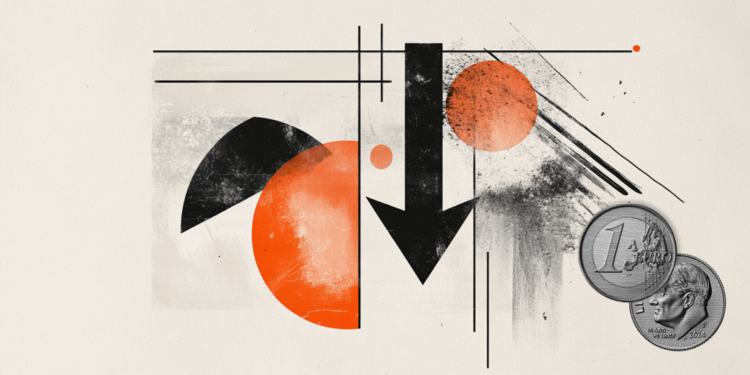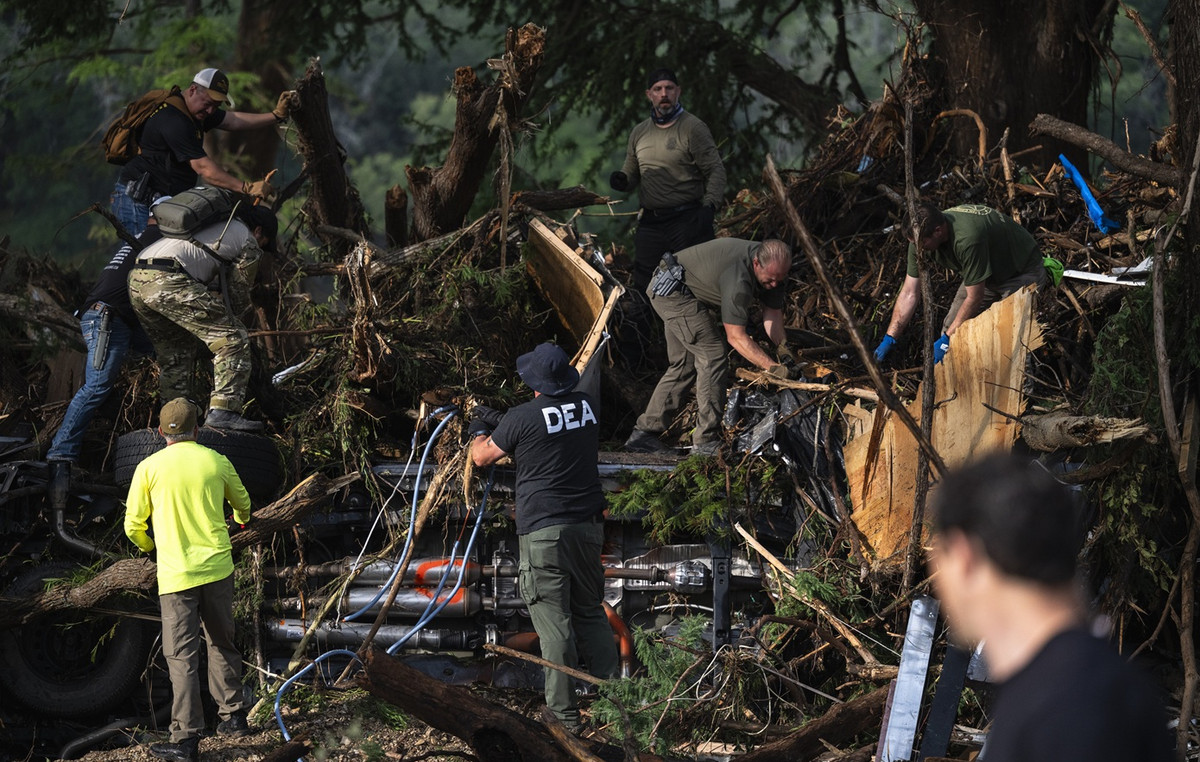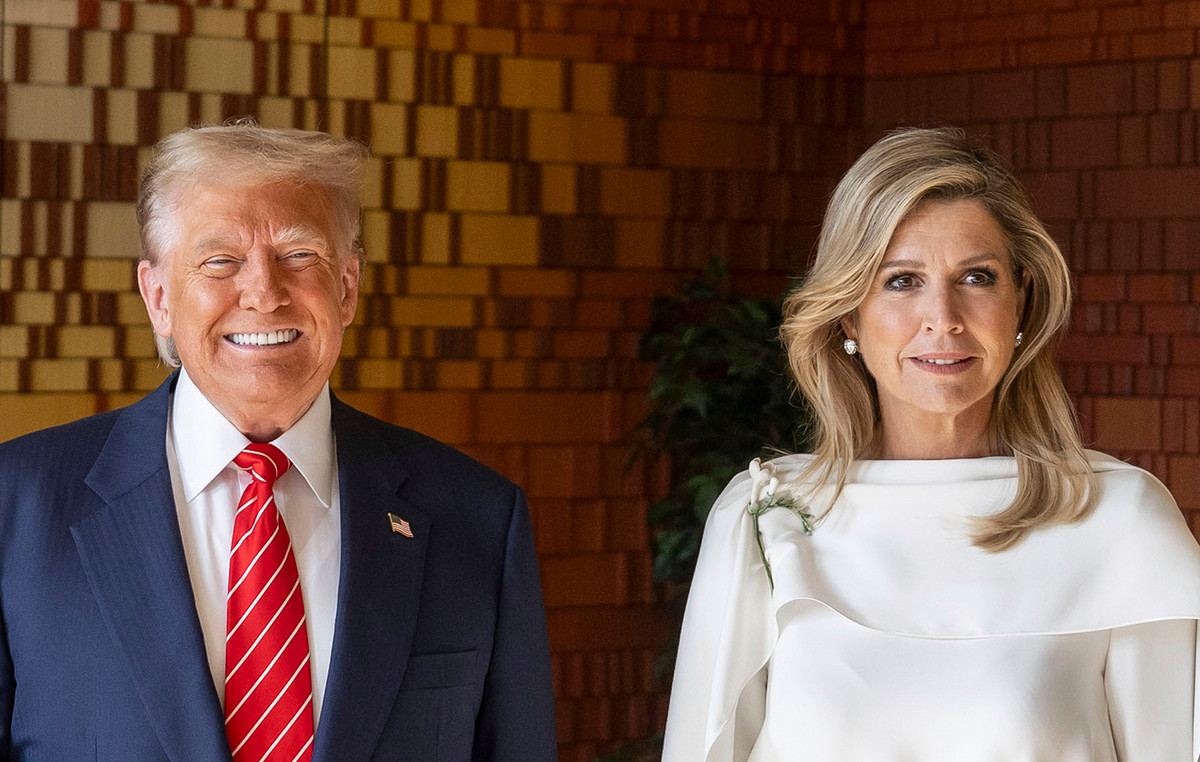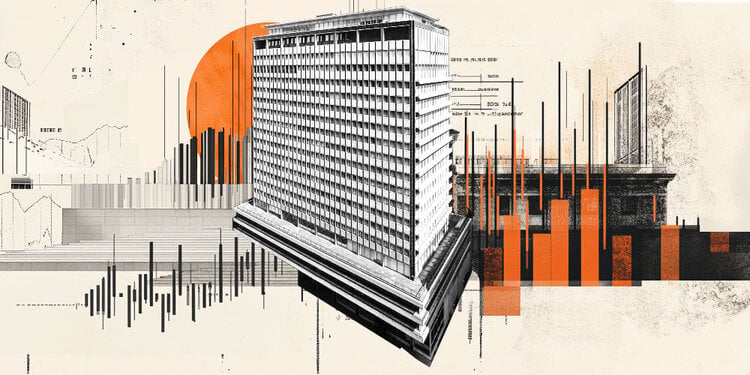National Health Service doctors looking for a change to their daily routines can apply for a four month period at the Italian research base in Antarctica. This is the next summer season, from October to February. It is the Aeneas, with a proclamation in expires August 9th (here is the document)to seek doctors with emergency skills as members of the 40th mission to Mario Zucchelli stationthe Italian base at the South Pole, the coldest, driest and windiest continent on the planet, built in 1985.
Today the base extends over an area of about 7 thousand square meters including laboratories, warehouses, systems, services, accommodation, of course the infirmary and various satellite units on an area of about 50 thousand square meters. It can accommodate up to 120 people. ENEA is responsible for planning and organization, while the missions, financed by the Ministry of the University, are managed by the CNR. The National Institute of Oceanography and Experimental Geophysics is responsible for the technical and scientific management of the icebreaker Laura Bassi.
“Over the years the station has grown, adding prefabricated modules to the pre-existing ones. It has nothing to do with the South Korean base Jang Bogo, which is a 5-star hotel in comparison, or with the American base McMurdo, which is as large as a small town,” he explained to Univadis Italy Andrea Molesispecialist in anesthesia and resuscitation who was on a mission at the Zucchelli base in the period 2017-2018. An essential requirement to respond to the call is already be a permanent employee in a National Health Service facility or have a contract that covers the entire period of the mission.
What do doctors do at the South Pole?
Of course, it is not easy to identify, in the large number of Italian doctors, people with a curriculum adequate to work in isolated, impervious and hostile environments with limited equipment. On the base there is usually an anesthetist, a surgeon and a nurse. But it has happened in the past, for emergencies, that for short periods the only contact was the anesthetist. Of course, since these are closed environments, the main problems – Molesi recalls – are linked to the spread of infectious diseases. They follow, due to the very difficult climate, respiratory disorders and skin problems. Not to mention, of course, the circadian rhythm disorders: in the months of the southern summer (from October to February) the Sun never goes below the horizon and the temperature never rises above zero degrees centigrade. The most complex cases are naturally the so-called polytraumawhen several organ systems and body structures are damaged and the patients, after being stabilized, have to be transferred, for example, to New Zealand with a flight time of several hours. In emergency situations, he explains, Salvatore Vagnonianesthetist and resuscitator at the Policlinico Gemelli in Rome who for two years has been the medical referent for the National Research Programme in Antarctica, always at Univadisthe base allocates all the bandwidth of the Internet network to the telemedicine systems that allow you to receive support from the Policlinico Gemelli.
How much do you earn and who can apply?
As mentioned, it is not easy to identify the right person: about 50% of the candidates do not have sufficient experience in the emergency field. The basic salary costs are covered by the Pnra funds from Enea: then a daily allowance and an allowance are added that increase with the length of stay, up to $200 per day over three months. Technical clothing and travel expenses are naturally covered by Enea. The selection will be made based on qualifications, experience and an interview, in addition to passing the psycho-attitudinal tests required for personnel serving in Antarctica.
Source: Vanity Fair
I’m Susan Karen, a professional writer and editor at World Stock Market. I specialize in Entertainment news, writing stories that keep readers informed on all the latest developments in the industry. With over five years of experience in creating engaging content and copywriting for various media outlets, I have grown to become an invaluable asset to any team.







